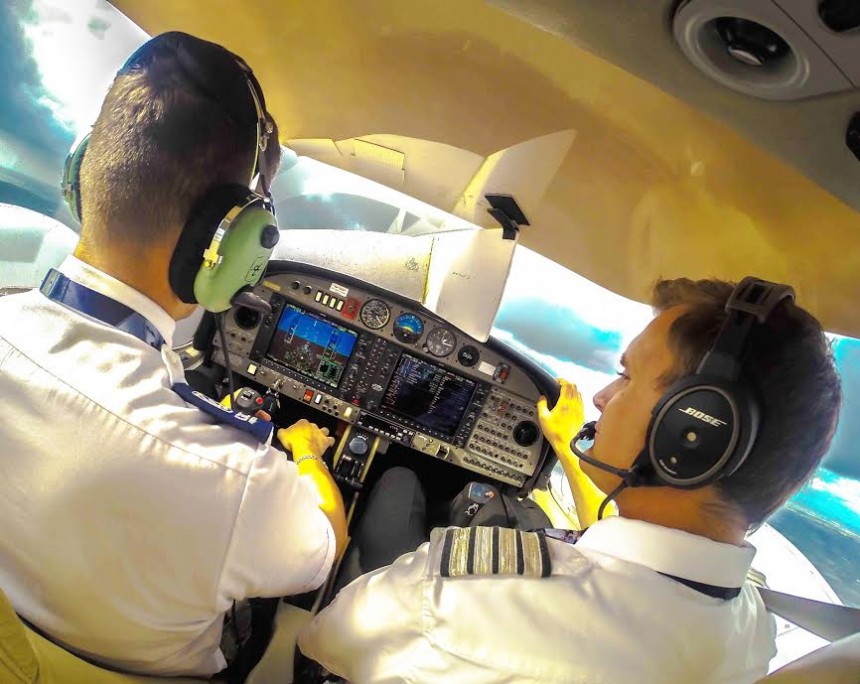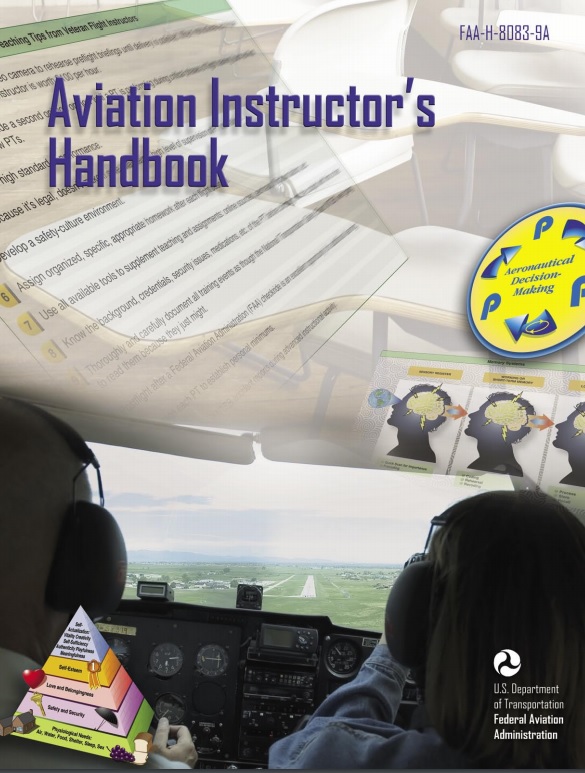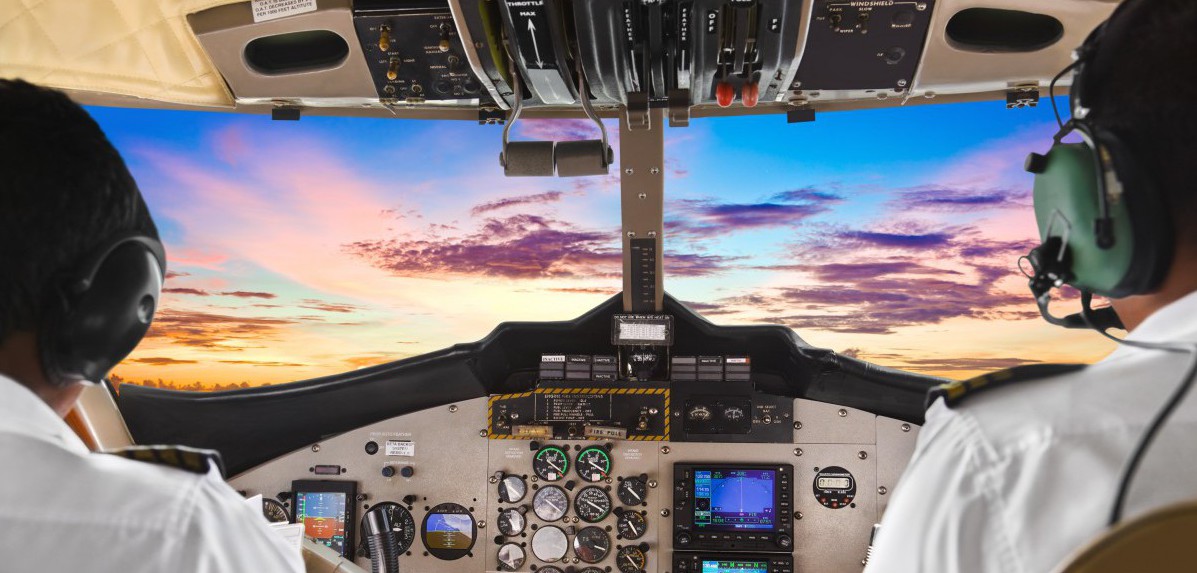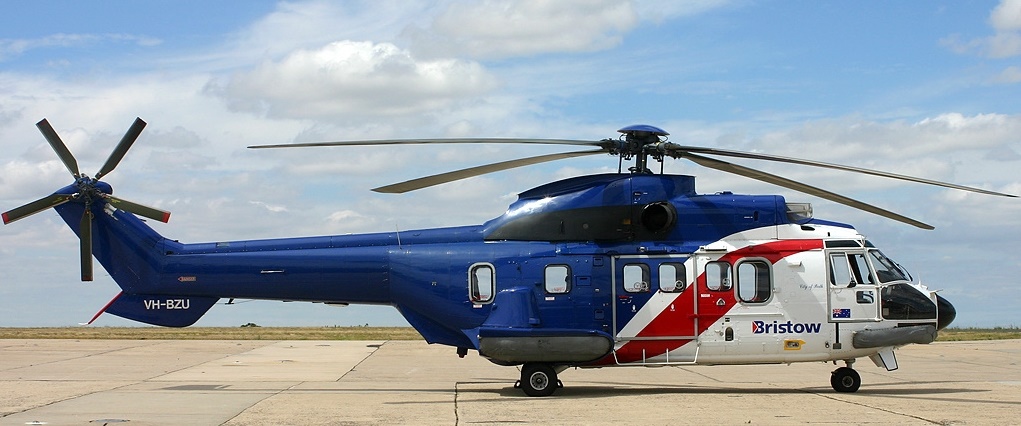Aviation Instructor’s Handbook
U.S. Department of Transportation Federal Aviation Administration’s Aviation Instructor’s Handbook
The Aviation Instructor’s Handbook, designed for ground instructors, flight instructors, and aviation maintenance instructors, was developed by the Flight Standards Service, Airman Testing Standards Branch working with aviation educators and industry to help beginning instructors understand and apply the fundamentals of instruction.
This handbook begins with an opening chapter on human behavior focusing on how it affects the learning process for trainees. Emphasis is placed on instructors needing to understand and recognize the changes of behavior that can results from learning to create the desire outcome or objectives. According to the handbook, “to successfully bring about learning, the instructor must know why people act the way they do, how people learn, and then use this understanding to teach. The study of applied educational psychology underlies the information and theories that are discussed. To be an effective instructor, knowledge of human behavior, basic human needs, the defense mechanisms humans use that prevent learning, as well as how adults learn is essential for organizing student activities and promoting a productive learning experience for students.”
This handbook provides aviation instructors information on teaching aviation training courses, and how to relate this information to the task of teaching aeronautical knowledge and skills to aviation students. Experienced aviation instructors will also find the information useful for improving their training delivery and effectiveness in training activities. This handbook primarily uses the traditional term “student” to denote someone who is seeking certification in aviation, the accepted term in educational psychology is “learners.”
Source: U.S. Federal Aviation Administration; Feature photo courtesy of CTC Aviation / Pilot Career News















